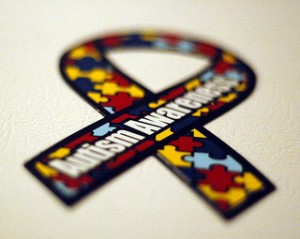Autism Cases On The Rise Among Latino Children
 Here’s an alarming statistic that’s been churning beneath the surface: according to a Latino Ed Beat report, the Center for Disease Control (CDC) says “autism prevalence among Latino children (the number of 8-year-olds identified) increased by 110% between 2002 and 2008, compared with a 70% increase for white children.”
Here’s an alarming statistic that’s been churning beneath the surface: according to a Latino Ed Beat report, the Center for Disease Control (CDC) says “autism prevalence among Latino children (the number of 8-year-olds identified) increased by 110% between 2002 and 2008, compared with a 70% increase for white children.”
Latino Ed Beat says that the statistic raises serious questions:
The (CDC) report notes that wide variation in prevalence among groups could be attributed to the level of awareness in communities and access to help, in addition to how the numbers are counted. Which raises the question, how much do Latino parents know about autism–especially those who don’t speak English? Does that contribute to a lower rate of identified cases within the group? The CDC urges that children need to be identified earlier, before they are even school-aged.
The problem for Latino children is that for them autism identification happens in school, the education is costly, and the vast majority attend cash-strapped public schools. And there are language barriers for recent immigrants.
There are other studies – like the one done at the California Department of Developmental Services – that distinguish between high-functioning and low-functioning autistic children.
The study concluded that low-functioning children were more likely to have mothers who are not white, are foreign-born, less-educated, and who are on Medi-Cal (Medicaid). The high-functioning children with autism had mothers who were white, educated, and not on Medicaid.
So whether it’s a statistical or real increase is not as important as the fact that real awareness of the problem needs to gain traction in places where it matters – among decision makers who fund the programs that identify and educate young autistic Latinos.

